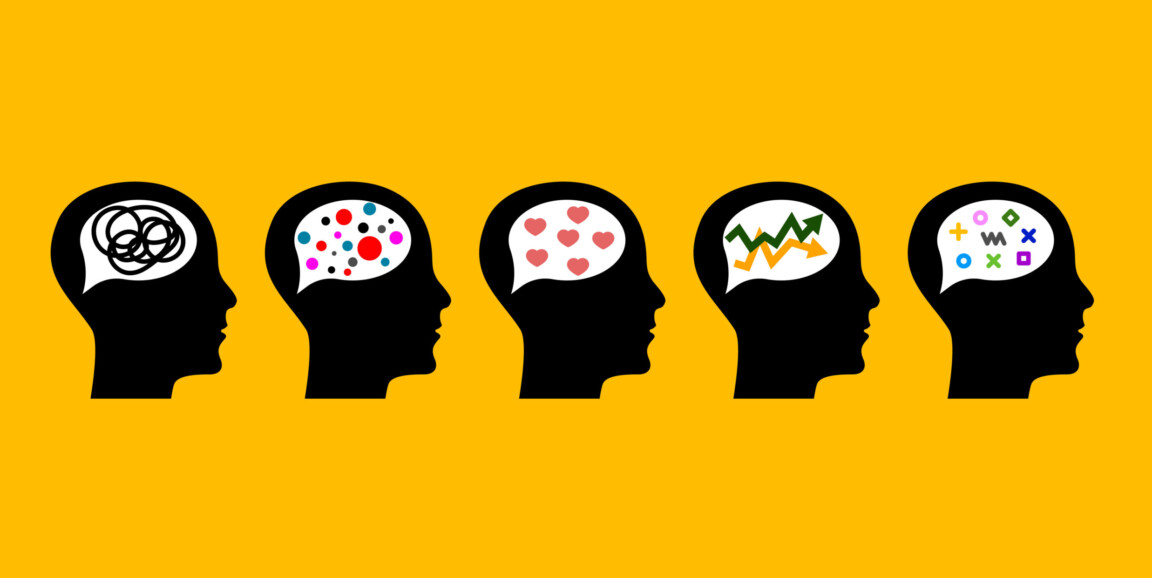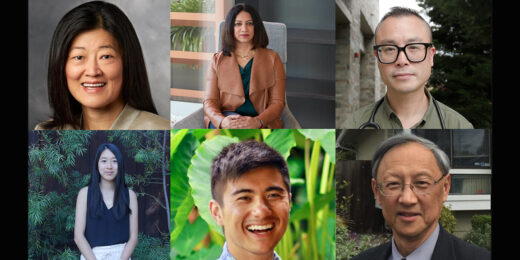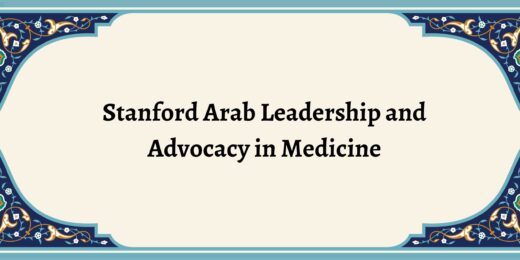Neurodiverse people, who have cognitive differences that are often diagnosable, constitute one of the largest minority groups in the world -- about 20% of the global population, according to the National Autistic Society. Neurodiversity includes people with attention-deficit/hyperactivity disorder (ADHD), dyslexia and autism.
Nearly all practitioners see neurodiverse patients, but studies have shown that many physicians lack the practical knowledge to best support such patients' needs. At Stanford Medicine's fourth annual Conference on Disability in Healthcare and Medicine on April 22, participants addressed the problem, discussing how to support providers and students with a variety of disabilities and conditions, train providers to care for patients with disabilities, and conduct disability research.
Lawrence Fung, MD, PhD, an assistant professor of psychiatry and behavioral sciences and autism expert, spoke about what it means to be neurodiverse, focusing specifically on autism, in medicine, emphasizing that it can be a competitive advantage. For instance, one of the core characteristics of autism is attention to detail, which can help in finding subtle clues within images, tissue samples or other clinical details that can point to diagnosis.
Fung was inspired to focus his research and clinical efforts on neurodiversity after his son was diagnosed with autism. Now, he's the director of the Stanford Neurodiversity Project and leads a lab that uses neuroimaging to study autism.
Fung discussed the strengths and challenges of neurodiverse patients and providers, focusing on those of people who are autistic, and the projects he is working on.
You've described something called a strengths-based model of neurodiversity. What is it?
Providers use the strengths-based model to better understand the nature and health care needs of a neurodiverse patient. The focus is on what a neurodiverse person can do, instead of what the person cannot do. In contrast, the traditional medical model focuses on diagnosis.
We harness positive psychology and positive psychiatry, tactics to achieve individual and societal well-being, to understand the person's strengths and their interests. That helps us understand how to aid them during their formative years of development. We teach social cues that many young autistic people must learn, like communicating with people through means that work for them. And we embrace the theory of multiple intelligences, a more holistic view of intelligence, rather than simply IQ.
What challenges do neurodiverse patients face?
People with autism have something called sensory hypersensitivity -- sensory input from light or sound, for example, is amplified. Fluorescent lights can be particularly bothersome, and autistic people may feel uncomfortable being touched.
Autistic individuals also often have a concrete way of communication. They may misunderstand what the physician is trying to say, and they may need providers to communicate with them in a more explicit manner.
For example, doctors should explain the steps of a physical exam and ask for permission before conducting the exam. If the communication with autistic patients is not clear, it may result in a decrease in trust and confidence with the physician and the medical system.
Also, people with ADHD have difficulties with executive function -- the mental process of planning and juggling multiple tasks. They medical system doesn't always meet the accessibility needs of these patients, and that may lead to missed appointments with doctors, but appointment reminders are a big step forward.
What about neurodiverse providers?
Many neurodiverse providers camouflage, which happens when someone hides the challenges they face or mimics actions of other people to be accepted socially.
It is a high-energy expenditure, and it has consequences. For instance, we found that there is a direct link between the level of camouflaging and their level of depression and anxiety in autistic people. Neurotypical people can camouflage too, but they don't usually get as depressed or anxious.
In addition, learned social behavior is not easy for people with autistim. They experience what is called the hidden curriculum. What might seem like commonly acceptable behavior to neurotypical people must often be taught to autistic folks. They need to learn nuances of appropriate social interactions at work, including knowing what to share or not share in conversation.
Neurodiverse individuals often have difficulty understanding and following doctors' instructions. Because of that, neurodiverse individuals run the risk of taking medications at an unintended schedule or dose. Providers can write out explicit instructions for their patients to reduce this problem.
What's the Stanford Neurodiversity Project and why was it created?
With the project, we aim to establish a culture that recognizes and celebrates the strengths of neurodiverse individuals first and foremost. We strive to create a culture that treasures every strength of neurodiverse people. We have a Neurodiversity at Work program which provides a neurodiverse support network. We also teach employers and neurodiverse employees to collectively build a neurodiversity-friendly workplace. For example, our team helps departments adjust the hiring process to make it more friendly for neurodiverse people by laying out for departments what candidates should expect before, during and after interviews.
The Stanford Neurodiversity Project also has a program called Research, Education and Advocacy Camp for High Schoolers. It's a two-week summer camp during which organizers teach neurodiverse and neurotypical high school students about neurodiversity and about methods of learning that accommodate all people. Students are taught to design neurodiversity advocacy projects.
In addition, we had a peer support program that assisted neurodiverse freshmen and sophomores in adjusting to college, as well as developing independent living and social skills.
Lastly, our group hosts the Stanford Neurodiversity Summit that's been running for three years. Every year thousands of people attend virtually from all over the world. We cover topics related to neurodiversity and employment, higher education, K-12 education, mental health and human rights.
With all our efforts, we hope to change the way medicine handles neurodiversity in patients and providers.
Photo by tomozina1






